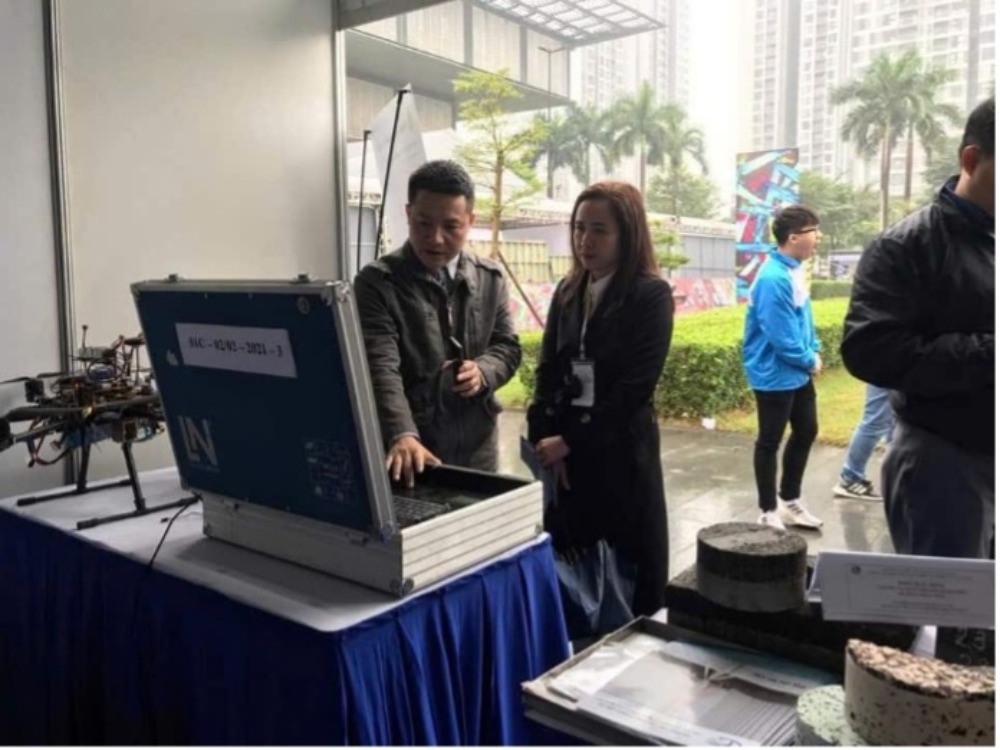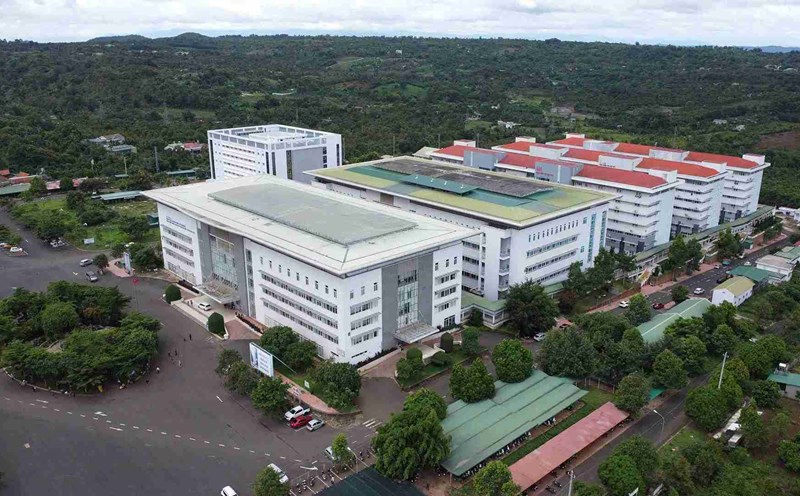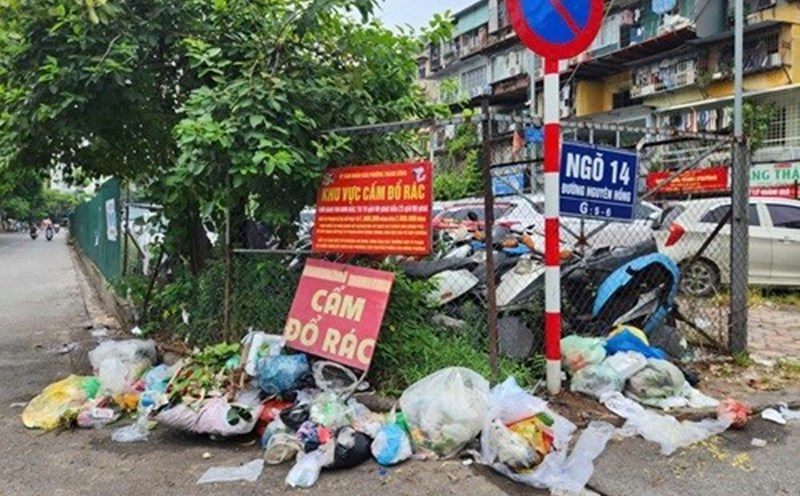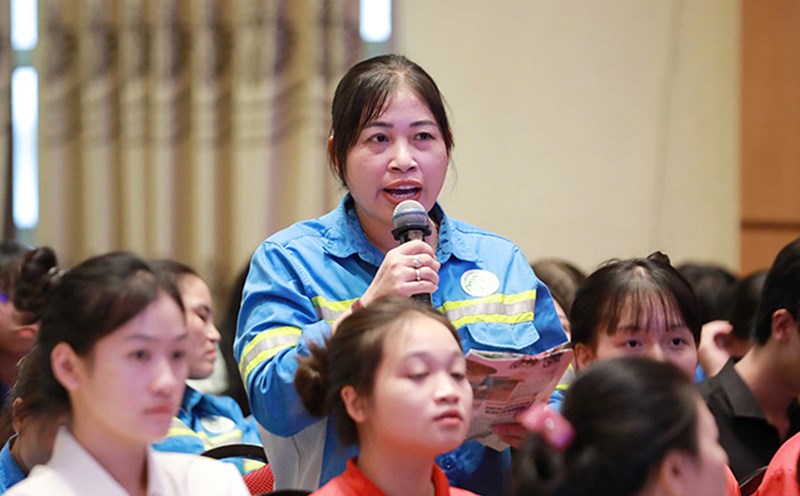Dr. Ngo Thanh Binh and Dr. Luong Xuan Chieu, working at the University of Transport (Vietnam Education Trade Union), have an initiative for the Unmanned Aerial System that automatically detects cracks on the surface of concrete bridge girders to be applied in practice, bringing high economic value (UAV-AI).
According to Dr. Ngo Thanh Binh, in the practice of bridge management and exploitation, he found that the phenomenon of cracking concrete, defects on bridge girders and piers or bridge knee shifting are serious risks that need to be detected early to ensure safety.
However, current manual methods face many limitations, especially in hard-to-reach locations such as underpasses with low clearance or bridge piers on the river. In the world, Bridge Inspection often uses scaffolding and lifting vehicles, but this equipment is cumbersome, expensive and requires high-professional human resources.
In Vietnam, some units have applied UAVs to take photos, but the search for cracks still has to be done manually, taking a lot of time and lacking reliability. This shows that it is necessary to develop specialized UAV solutions capable of stable flight in difficult conditions, integrating AI to automatically detect cracks and surface defects. This is the motivation for me to propose an initiative, aiming to improve accuracy, reduce costs and increase efficiency in bridge inspection and maintenance, Dr. Ngo Thanh Binh shared.

In the process of realizing the initiative, Dr. Ngo Thanh Binh and Dr. Luong Xuan Chieu encountered many difficulties because the task of checking the bridge using UAVs required the flight equipment to be stable in the conditions of whirlwinds under the bridge and have high reliability in detecting cracks and defects. In addition, integrating real-time artificial intelligence to process photos is also a big challenge.
However, the initiative is favorable when implemented on the basis of the Hanoi City-level science and technology theme: " Design, manufacture equipment and develop bridge inspection technology using unmanned aerial vehicles combined with artificial intelligence" (Code: 01C-02/02-2021-3), chaired by the University of Transport (2022-2024).
During the implementation process, the group also received support from the Center for Transport Science and Technology and the School Union in arranging facilities, laboratories, cracks and defects in actual works and equipment testing yards.
Currently, the initiative of Dr. Ngo Thanh Binh and Dr. Luong Xuan Chieu has been protected, the scale and effectiveness of application have been affirmed nationwide according to Decision No. 3985/QD-BGDDT dated December 13, 2024. At the same time, the initiative was awarded the Creative Labor Certificate by the Vietnam General Confederation of Labor. These are clear evidences of the scientific and practical value of the initiative, and at the same time a driving force for the group to continue perfecting and developing technology in the future.
Dr. Ngo Thanh Binh shared that the solution of the Unmanned Aerial System that automatically detects cracks on the surface of concrete bridge girders (UAV-AI) helps save 50-64% of costs, shortening about 1/3 of survey time, increasing accuracy and safety, while bringing outstanding economic and technical efficiency to bridge management and operation units.
In terms of economic efficiency, the cost of surveying the cracks using scaffolding for 4.8km of the bridge is equivalent to about 2.95 billion VND; the cost of surveying using UAVs is about 0.81 billion VND. Thus, UAV-AI helps save 1.5 - 2.1 billion VND for each project, equivalent to a 5064% cost reduction compared to the traditional plan.
Using the initiative's UAV-AI solution helps reduce human resource costs (less people, less working days); no need to rent/purchase bulky scaffolding, maintenance costs are much lower.
In terms of technical efficiency, the UAV discovered the crack, reducing the implementation time by 32% compared to the traditional method. Higher accuracy thanks to AI photoanalysis, limiting cracks missing; reducing risks for engineers when having to approach dangerous locations (under bridges, bridge piers in the middle of rivers); allowing regular and rapid inspection, improving the ability to monitor bridge quality.









